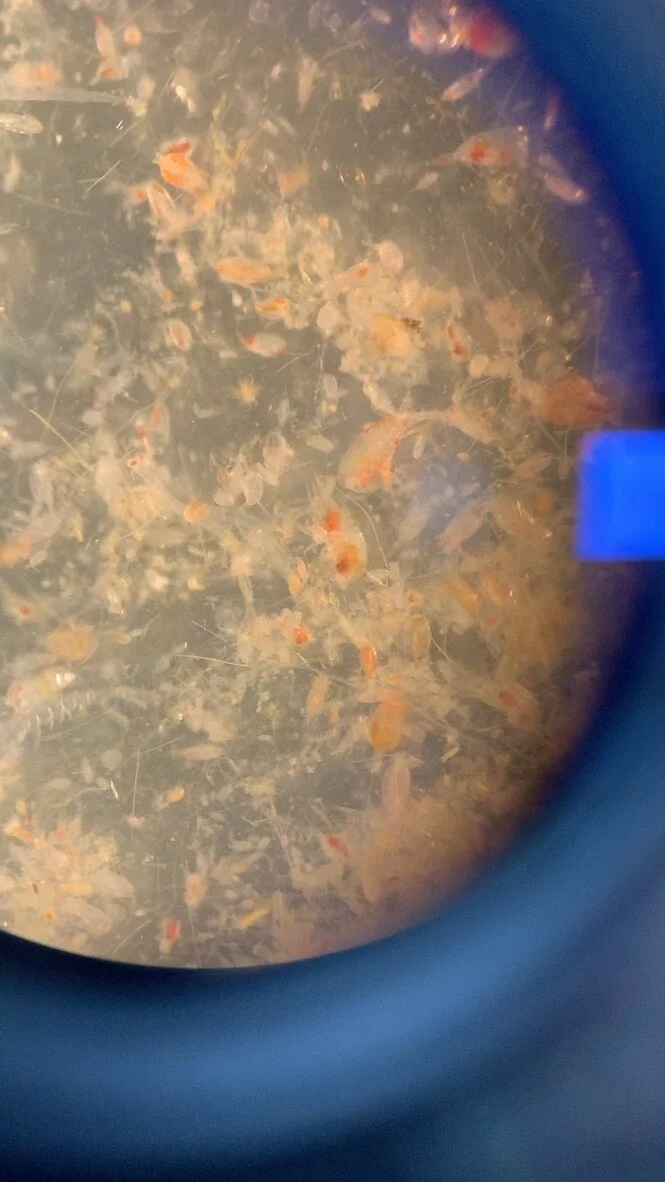But the paleoclimate tales yet-to-be extracted from the Gulf of Mexico are not limited to histories of terrestrial climate change. Oceanographically speaking, the Gulf is highly dynamic - featuring the Loop Current and its energetic (and enigmatic!) process of shedding “eddies”. The Loop Current transports warm and salty waters from the Caribbean Sea through the Yucatán Straits into the Gulf and “loops” eastward, exiting outward through the Florida Straits. While doing so, at times, giant (multiple-kilometer-wide) swirling masses of Loop Current waters (eddies) “pinch off” the primary current and flow westward into the northwestern Gulf of Mexico. These warmer waters have unique parameters (oxygen, salinity, etc.) and contrast with cooler, fresher coastal waters. These eddies are very important for the wellbeing of marine ecosystems in the Gulf. They can also act as heat engines for hurricanes that pass over them (as in Katrina). There’s a lot of debate about the future of the Loop Current and its eddy-shedding system with ongoing anthropogenic warming. I’d argue that paleoceanography is hugely important to this endeavor as reliable observations of these processes are highly limited.
Foraminiferal shells housed in the Gulf of Mexico have the potential to tell these stories. Through their species distribution as well as several chemical signatures stored in their calcite shells, “forams” are important indicators of past oceanic processes. This time around, we were interested in collecting specimens of Globorotalia truncatulinoides. We think this is an ideal species for reconstructing winter climate conditions and wanted to see if we could culture some individuals. Towards this, we dragged a plankton net at a water depth of ~80 m (the truncs live in the sub-surface ocean) and collected many planktic species. Overall, I think we were quite successful, and many of those collected individuals are still alive today (well over a month from the time of collection!)
Here are a couple of photographs from our plankton tow:













